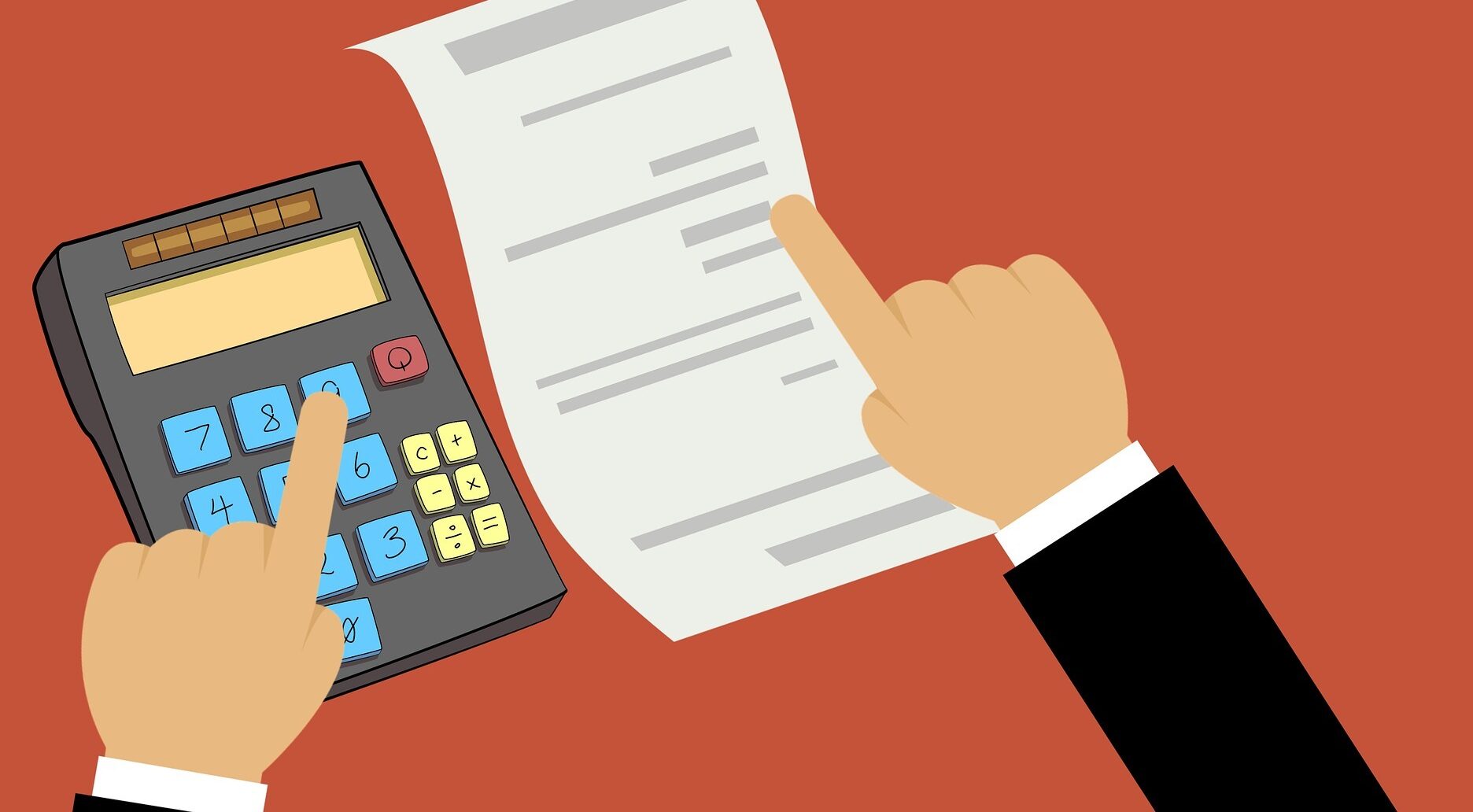This week, in the last of our three-part series on the valuable tax reliefs available from EIS investments, we look at the capital gains tax (CGT) exemption.
Conditions for the exemption to apply
In order to get the CGT exemption, the taxpayer must have been eligible and obtained income tax (IT) relief when the investment was made.
Therefore, someone who had no IT liability relieved when the investment was made will not get the CGT relief.
However, it is not necessary for ‘full’ IT relief to have been obtained on the original investment.
So if the IT liability being relieved is less than the total IT relief which could have been given (if the investor’s IT liability had been higher), the CGT exemption on eventual sale of the EIS shares remains available.
Other conditions which must be met for the CGT exemption to apply are as follows:
- The IT relief must not have been withdrawn e.g. due to the company breaching the qualifying conditions.
Please refer to the second blog in this EIS relief mini-series here for these conditions.
Broadly speaking, if none of the conditions have been breached over a three-year period from investment, the gain made on sale is fully exempt.
- The EIS shares must have been subscribed for rather than acquired from a third party.
- If the EIS tax relief investment limits were breached when the investment was made, the element of the gain relating to the EIS investment above these limits will not be exempt.
Deferred gains
If a gain was originally deferred into the EIS investment, using the CGT deferral relief (see the first blog in this EIS relief mini-series here), that gain will be chargeable on disposal unless it is deferred further into a new qualifying EIS investment.
Losses
If a loss is made on the disposal of EIS shares, the loss can be claimed applying the usual rules for capital losses.
Usually if a gain is exempt then the quid pro quo for this is that a loss is not allowable. However, this is one of the rare occasions in the tax world where the taxpayer is able to ‘have their cake and eat it’!
The driver behind this seeming generosity from HMRC is the government’s wish to encourage enterprise.
However, the loss is adjusted to reduce the original cost of the investment (and so the loss itself) by the amount of income tax relief claimed.
Another useful feature of EIS loss relief is that a loss on EIS shares originally subscribed for can be relieved against income in the tax year of disposal or the previous tax year.
Which shares have been sold?
Often, an investor will have acquired shares in several tranches at different prices on different days.
Due to the fungible nature of shares of a specific class in a specific company, on a disposal, the obvious question is which ones have been disposed of?
EIS shares have their own ‘matching’ rules which are different from the normal share matching rules.
Broadly, shares sold are ‘matched’ with the earliest acquisitions although there are more complex rules for different same day acquisitions.
The author takes every care in preparing material to ensure that the content is accurate and up to date. However, no responsibility for loss occasioned to any person acting or refraining from acting as a result of this material or from making use of this material can be accepted by the author.
How can we help?
To discuss EIS tax reliefs in more detail, please contact your usual relationship principal or email tax@haroldsharp.co.uk.

